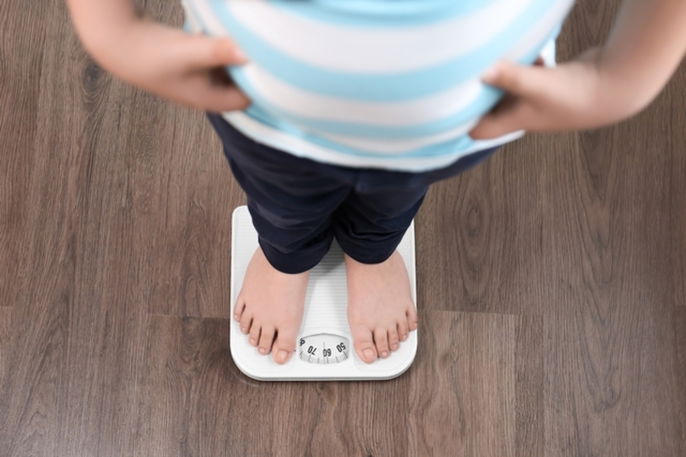The intragastric balloon procedure is a technique that involves placing a balloon inside the stomach to occupy space and promote a feeling of fullness. This can help decrease hunger and prevent overeating, leading to weight loss.
Placement of an intragastric balloon typically involves an endoscopic procedure during which the balloon is placed in the stomach and then filled with normal saline. It is a quick procedure that is done under sedation and does not require a hospital stay.
Despite being a simple procedure, an intragastric balloon is only indicated for people with a BMI greater than 35 kg/m2 or those with a BMI over 30 kg/m2 who have other associated health conditions. Intragastric balloons remain in place for 6 months before being removed, and can result in weight loss of around 13% of original body weight.

Indications for the procedure
An intragastric balloon is indicated for treatment of obesity in people with a BMI higher than 35kg/m2 or a BMI greater than 30 kg/m2 with other obesity-related health conditions including high blood pressure, diabetes, or sleep apnea. It may also be recommended for people with obesity who want to avoid, or do not qualify for, other types of bariatric surgery.
While there is no specific age requirement for placement of an intragastric balloon, it is recommended to avoid use in children until they have stopped growing, as the degree of obesity may decrease over time.
Surgical procedure
An intragastric balloon procedure takes about 30 minutes and is done under sedation. It does not require admission to the hospital. Most patients will remain in recovery for about 2 to 3 hours following the procedure before they are sent home.
After sedation is administered, a flexible tube with a tiny camera (an endoscope) is introduced through the mouth and into the stomach, allowing the surgeon to visualize the inside of the stomach. Next, the deflated balloon is inserted through the mouth and into the stomach, at which point it is filled with normal saline and a blue liquid. This blue liquid is used to notify the patient if the balloon has burst, as it will turn the urine and feces bluish-green.
Following the procedure, it is important to follow a low-calorie diet developed by a registered dietitian to guarantee the best results. A special diet is indicated in the first month following the procedure, starting with a liquid diet and slowly advancing to a regular diet.
In addition to diet, engaging in regular physical exercise is also important for achieving optimal weight loss results, and should be maintained after the balloon is removed in order to avoid regaining the weight lost.
Also recommended: Bariatric Diet: Phases, Meal Plan & What to Eat or Avoid tuasaude.com/en/bariatric-dietBalloon removal
The intragastric balloon is typically removed after 6 months and involves a similar procedure to when it was placed. Under sedation, the surgeon will introduce endoscopic tools through the mouth and remove the balloon, after first deflating it. Removing the balloon is necessary as stomach acids will cause the balloon material to degrade (break down).
After removal, it is possible to place another balloon 2 months later, however this is not usually necessary if the person can adopt lifestyle changes that can help them continue to lose weight without using the balloon.
Potential risks
The intragastric balloon procedure can cause nausea, vomiting, and stomachache during the first week following the procedure, when the stomach is still getting used to having the balloon in place.
In rare cases, the balloon can rupture (break open) and move from the stomach into the intestines, which can result in a bowel obstruction causing symptoms like abdominal distention (swelling), constipation, and blue-green urine. This is considered a medical emergency requiring immediate removal of the balloon at the hospital.
Contraindications to use
An intragastric balloon is not recommended for people with a hiatal hernia larger than 5 cm, an active stomach or duodenal ulcer, inflammatory bowel disease, gastrointestinal (GI) cancer, oropharyngeal malformations, blood clotting disorders, an active GI bleed, gastric varices, alcohol use disorder, or psychiatric disorders.
It is also contraindicated in pregnancy and in people taking blood thinners and anti-inflammatories as well as those with cardiovascular disease, lung disease, and cerebrovascular disease.






























